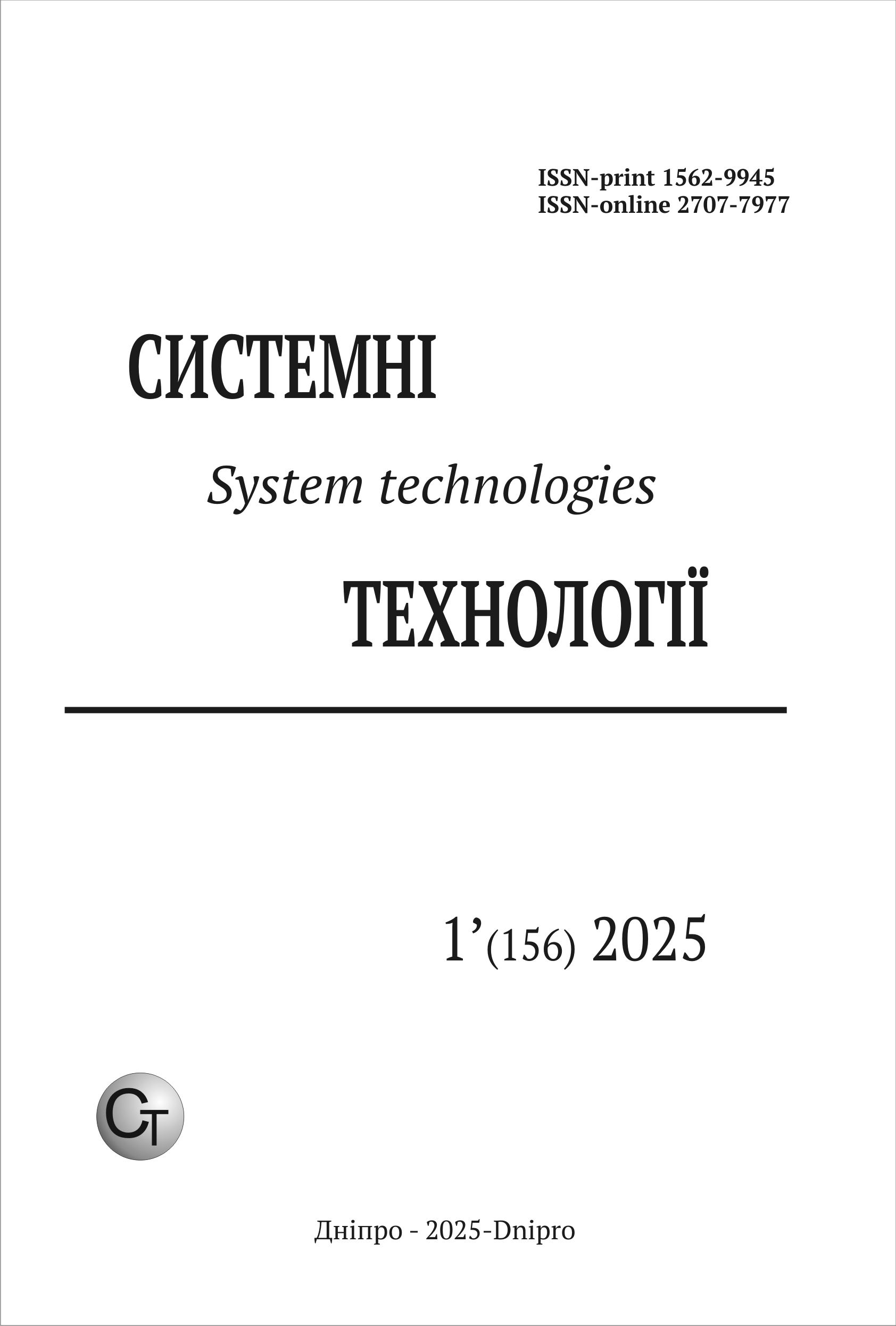Application of the efficientnet model for detecting ischemic heart disease
DOI:
https://doi.org/10.34185/1562-9945-1-156-2025-18Keywords:
Neural network, artificial intelligence, ischemic heart disease, chest X-rays, Google Colab, TensorFlow, EfficientNet.Abstract
This article examines a neural network model that facilitates the early detection of is-chemic heart disease on chest X-rays, playing a crucial role in the diagnosis and treatment of cardiovascular diseases. The study explores the application of convolutional neural net-works(CNNs) for the automatic detection of ischemic heart disease on chest X-rays. A dataset containing chest X-rays annotated by an experienced cardiologist was used in the study. A CNN model was developed and trained to detect signs of ischemic heart disease based on chest X-rays. The model was trained on a small dataset (700 images) and tested on an independent set of test images. The research results demonstrated that the convolutional neural network effectively recognizes signs of ischemic heart disease on chest X-rays with high accuracy and reliability. This could significantly improve the capabilities for early diagnosis of ischemic heart disease and help clinicians make informed decisions regarding patient treatment. The findings of this study confirm the potential of using convolutional neural networks in medical diagnostics and represent a new step forward in the automated detection of is-chemic heart disease based on chest X-rays. This paves the way for improving the accuracy and efficiency of cardiovascular disease diagnostics and reducing the burden on medical per-sonnel.
References
Tan, M., & Le, Q. (2019). EfficientNet: Rethinking Model Scaling for Convolutional Neu-ral Networks. Proceedings of the 36th International Conference on Machine Learning (ICML), PMLR 97:6105-6114.
https://arxiv.org/abs/1905.11946
Zhou, B., Khosla, A., Lapedriza, A., et al. (2016). Learning Deep Features for Discrimina-tive Localization. Proceedings of the IEEE Conference on Computer Vision and Pattern Rec-ognition (CVPR), 2921-2929.
https://arxiv.org/abs/1512.04150
Litjens, G., Kooi, T., Bejnordi, B. E., et al. (2017). A Survey on Deep Learning in Medical Image Analysis. Medical Image Analysis, 42, 60-88.
DOI:10.1016/j.media.2017.07.005
Wang, S., Zhou, B., Yu, H., et al. (2020). EfficientNet-Based Model for COVID-19 Diag-nosis on Chest X-Rays. Journal of Medical Systems, 44, 135.
DOI: 10.1007/s10916-020-01625-5
Jain, R., Gupta, M., Taneja, S., & Hemanth, D. J. (2019). Deep learning based detection and analysis of COVID-19 on chest X-ray images. Applied Intelligence, 51(3),1690-1700. DOI: 10.1007/s10489-020-01714-6
Lundervold, A. S., & Lundervold, A. (2019). An overview of deep learning in medical im-aging focusing on MRI. Zeitschrift für Medizinische Physik, 29(2), 102-127.
DOI: 10.1016/j.zemedi.2018.11.002
Ching, T., Himmelstein, D. S., Beaulieu-Jones, B. K., et al. (2018). Opportunities and ob-stacles for deep learning in biology and medicine. Journal of the Royal Society Interface, 15(141), 20170387. DOI: 10.1098/rsif.2017.0387
Szegedy, C., Ioffe, S., Vanhoucke, V., & Alemi, A. (2017). Inception-v4, Inception-ResNet and the Impact of Residual Connections on Learning. AAAI ConferenceonArtifici-alIntelligence.
Howard, A. G., Zhu, M., Chen, B., et al. (2017). MobileNets: Efficient Convolutional Neu-ral Networks for Mobile Vision Applications. ArXiv Preprint.
Rajpurkar, P., Irvin, J., Zhu, K., et al. (2017). CheXNet: Radiologist-Level Pneumonia Detection on Chest X-Rays with Deep Learning. ArXiv Preprint.
Downloads
Published
Issue
Section
License
Copyright (c) 2025 System technologies

This work is licensed under a Creative Commons Attribution 4.0 International License.















